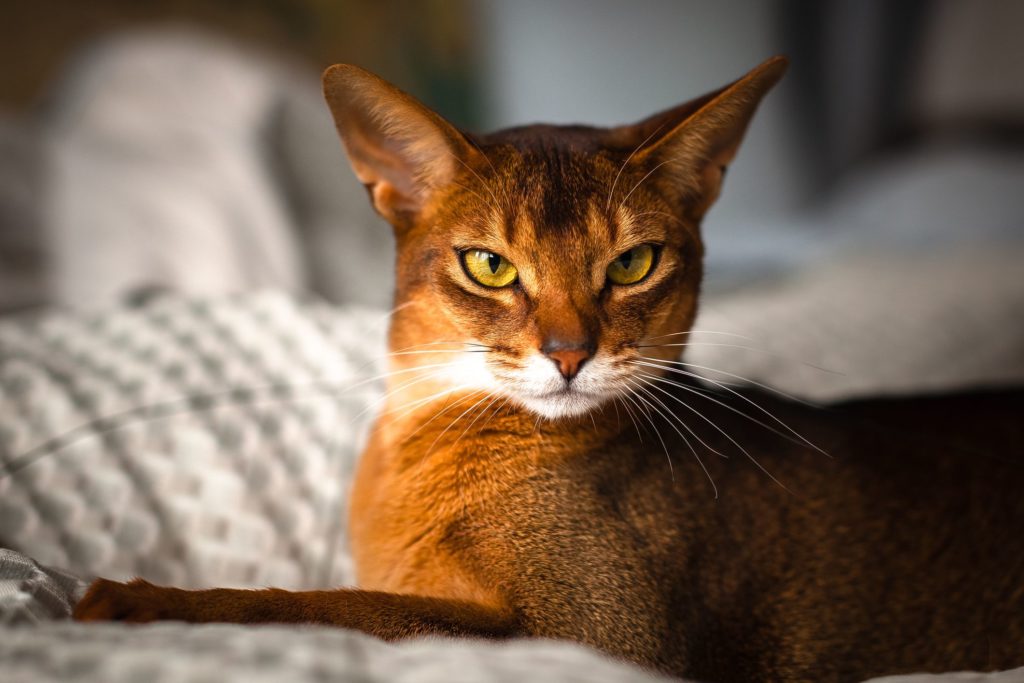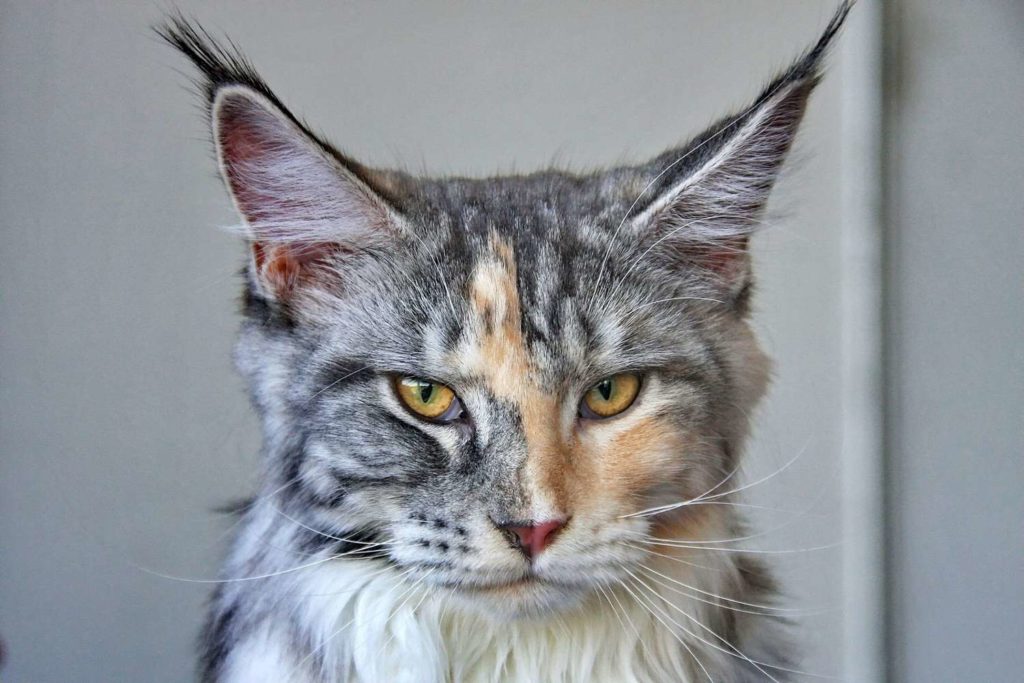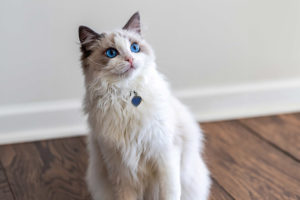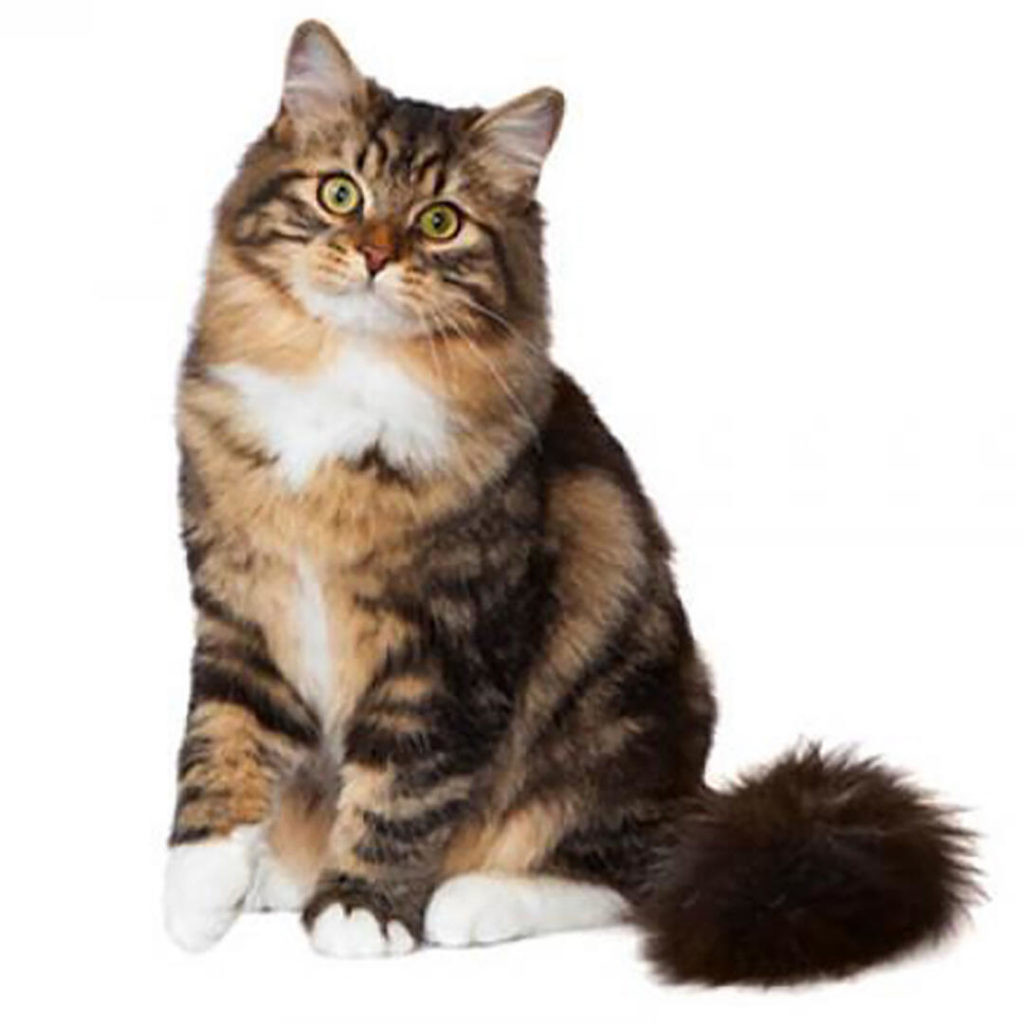
Cats are fascinating creatures, known for their independent nature and unique behaviors. One of the most intriguing sounds they make is purring. Purring is a soft rumbling noise that cats produce, often associated with contentment and relaxation. However, there is more to purring than meets the eye. In this article, we will explore the various reasons why cats purr and delve into the science behind this intriguing behavior.
The Nature of Purring
Purring is a characteristic sound that cats produce by rapidly vibrating their laryngeal muscles. The vibration occurs as the air passes through the voice box, resulting in the familiar purring noise. While we often associate purring with happiness, it’s important to note that cats can purr for different reasons, serving as a means of communication and self-soothing.
Communication and Bonding
Cats use purring as a form of communication, both with their fellow felines and with humans. From the moment they are born, kittens purr to communicate with their mother, conveying their location and signaling hunger. This behavior continues into adulthood, where cats may purr to attract attention or show affection.
When you stroke your cat, you may notice that they start purring. This purring is often associated with pleasure and contentment, as cats enjoy physical contact and attention from their owners. It can also serve as a means for cats to encourage further interaction, signaling to you that they want to be petted or played with.
Self-Soothing and Healing

Interestingly, cats also purr as a form of self-soothing and healing. You may have observed your cat purring after a stressful event or when they are injured. Purring has been found to have a calming effect on cats, helping them relax and cope with anxiety. It is believed that the vibrations produced during purring release endorphins, which act as natural painkillers and promote healing in cats.
Manipulation of Purring
Cats are masters of manipulation, and their purring abilities are no exception. Research has shown that cats can manipulate their purring to communicate different messages. A study conducted in 2009 discovered that cats can conceal a cry within their purr, triggering a nurturing instinct in their owners. This cry-like purr is often more urgent and less pleasant, indicating that cats have the ability to adjust their purring to get what they want.
Purring Frequencies and Healing
Not only can cats manipulate their purring, but they also have the ability to produce purrs at frequencies that can aid in pain relief and even promote bone repair. A study published in The Journal of the Acoustical Society of America in 2001 found that domestic cats, as well as some species of big cats like pumas and cheetahs, produce purrs at frequencies that stimulate the healing process. These frequencies are believed to promote the growth and repair of bones, making purring a fascinating mechanism for cats to aid in their own healing.
Decoding Your Cat’s Purring

As a cat owner, understanding your feline companion’s purring can provide valuable insights into their needs and emotions. While purring is often associated with happiness and contentment, it’s important to consider the context and body language of your cat to decipher their intentions.
For example, if your cat purrs first thing in the morning, it may be an indication that they are hungry and seeking food. On the other hand, if you’ve just returned home after being away, your cat’s purring could be a way of greeting you and expressing their excitement to see you. Additionally, if your cat is sitting on your lap and purring contentedly, it is a clear sign that they are comfortable and enjoying your company.
The Unique Sound of Purring
Cats have their own distinct purring sounds, and interestingly, they may adapt their other vocalizations to elicit a response from their owners. According to New Scientist readers, cats can modify their meows to communicate with humans. They may use different meow sounds to convey hunger, playfulness, or even a desire for attention. Unlike meowing, however, purring seems to be a more universal sound among cats, as it remains consistent regardless of the owner’s response.
The Science of Purring

While much research has been conducted on dog behavior, the study of feline behavior has often lagged behind. However, a 1991 study shed light on the origins of purring. It was discovered that purring originates from the cat’s voice box or larynx. Cats control the purring mechanism by dilating and constricting the glottis, the area around their vocal cords, in a rapid and rhythmic fashion. As the air passes through the larynx, it causes the laryngeal muscles to vibrate, resulting in the purring sound.
Conclusion
Cats purr for a variety of reasons, including communication, bonding, self-soothing, and healing. While purring is often associated with happiness, cats can manipulate their purring to convey different messages. Understanding your cat’s purring can provide valuable insights into their emotions and needs. As you observe your feline companion’s body language and context, you can decipher the true meaning behind their purring. Remember, purring is a unique and fascinating behavior that adds to the enigmatic allure of our beloved cats.
Additional Information
- Cats may purr to self-soothe in stressful situations, such as during a visit to the veterinarian or when faced with a new environment.
- Some cats may purr as a form of defense mechanism, trying to appear non-threatening to potential predators or threatening situations.
- Purring is not exclusive to domestic cats; other members of the Felidae family, including big cats like lions and tigers, also purr.
- The frequency range of cat purring is between 25 and 150 Hertz, which overlaps with the range that promotes tissue regeneration and healing in humans.
- Purring can have a calming effect on humans as well, with studies showing that exposure to cat purring can lower blood pressure and reduce stress levels.

